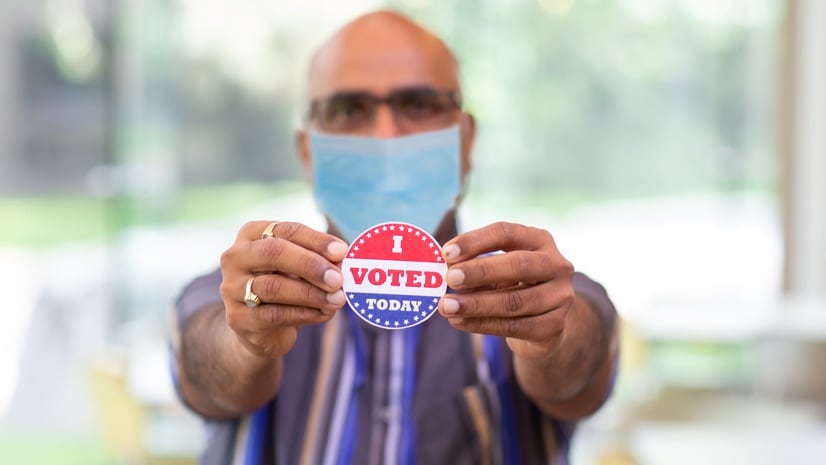
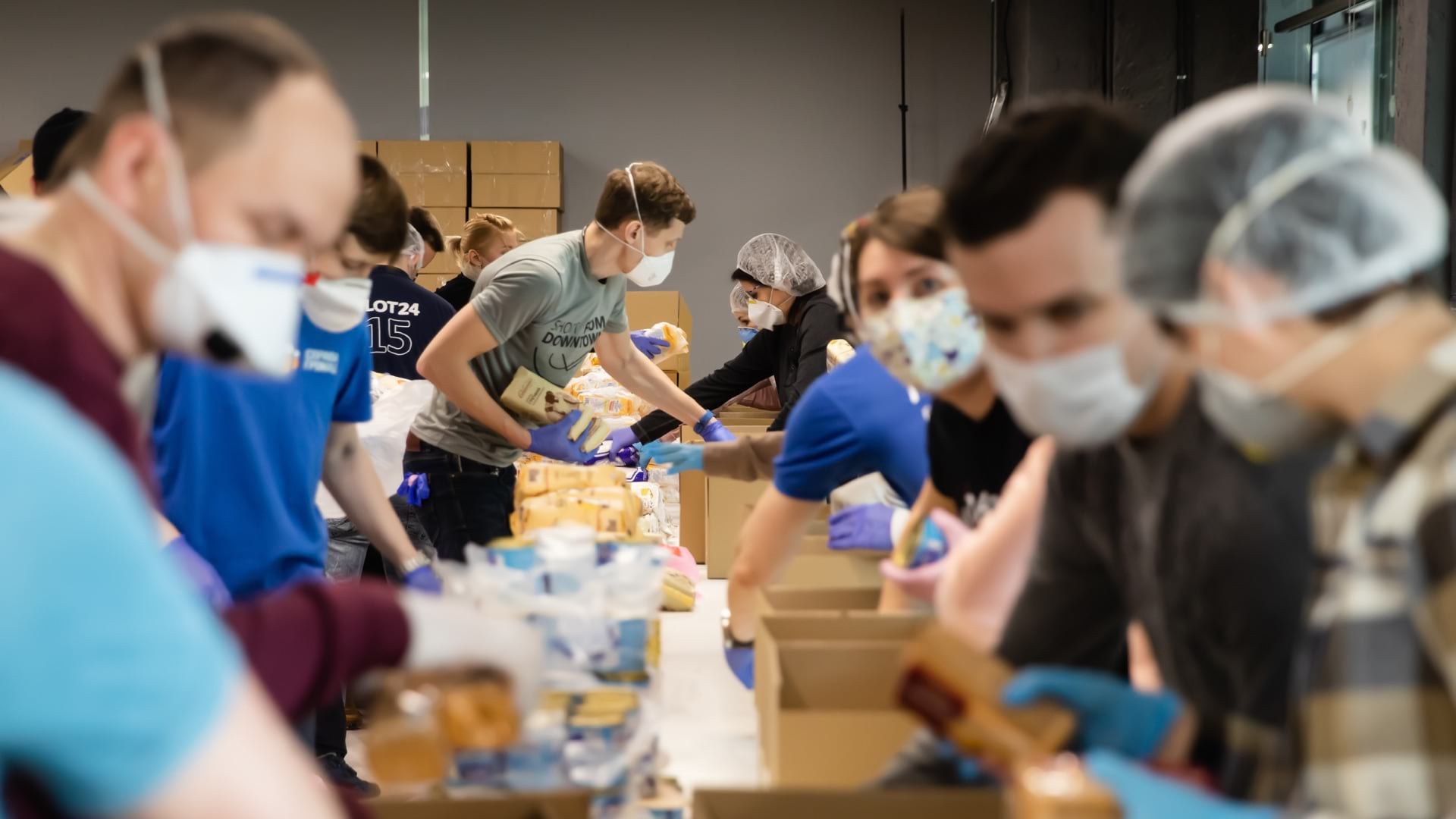
April 17, 2020 |
April 21, 2020

Today, the news, social media feeds, and chats with friends remain tightly focused on the coronavirus disease 19 (COVID-19) pandemic. Much of the discussion surrounds reporting of the number of cases, testing centers, and the constant reminders to practice social distancing. Rightfully so.
It seemed like only yesterday that the major focus on these very same news and information feeds revolved around the upcoming 2020 US presidential election. The constant flow of banter, information, and debate had left many of us wishing there was something else that could disrupt the news. Now that it has happened, we find ourselves dealing with that same constant flow of news and opinion but about something we never would have imagined.
There’s never been a postponement of a national election. Our democratic process has been upheld during world wars and civil wars. The question at hand is, how do we ensure our democratic process stays intact knowing the pandemic has shifted our hourly, daily, and weekly routines? Can we adjust the voting process, taking into consideration the notion that we may still be dealing with stay-at-home policies in the coming months? More importantly, how do we prepare to hold elections?
Some states have already postponed primaries. Other cities and counties have come up with quick adjustments to their elections processes. Some have instituted drive-through polling locations, created centralized polling locations away from at-risk populations, or provided ballot drop-off centers.
It’s uncertain what November will bring. There is much discussion as to whether a complete vote-by-mail process can be executed in time. Some election officials are concerned that voters, whether because of procrastination or other factors, will actually take advantage of early voting or voting by mail when given the option. The long lines in the California primaries proved most voters, given these options, still chose to go to their polling location on Election Day.
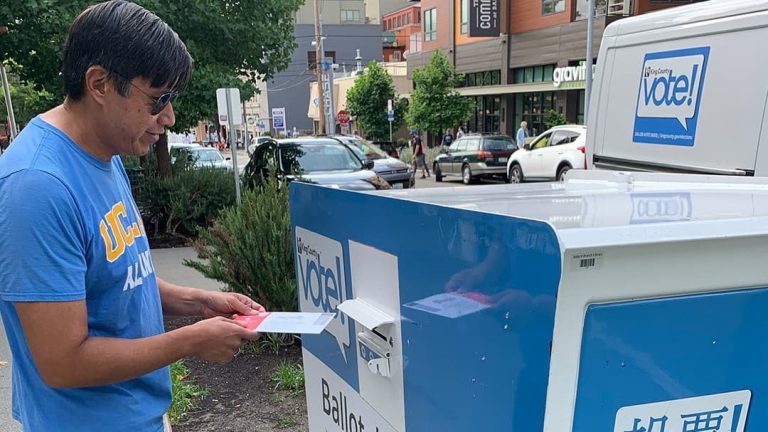
If states, counties, and local governments opt to include voting at a physical location, social distancing will unquestionably come into play. The protection of poll workers and election officials as essential workers requires the same safety and social distancing precautions used when purchasing food or prescription medicines.
Site selection methodology can be used to identify the best locations for drive-though polling places; in fact, this is the same process used to optimize drive-through COVID-19 testing centers or food distribution sites.
In previous elections, forward-thinking elections officials in Yolo County, California; Collin County, Texas; and King County, Washington have used geographic information system (GIS) maps and analysis as a means of modernizing their process, streamlining workflows, and improving communication with the public.
These same GIS applications can be adapted to support social distancing in the remaining primaries, caucuses, and national elections, and here are a couple of examples of how to do that within the time remaining.
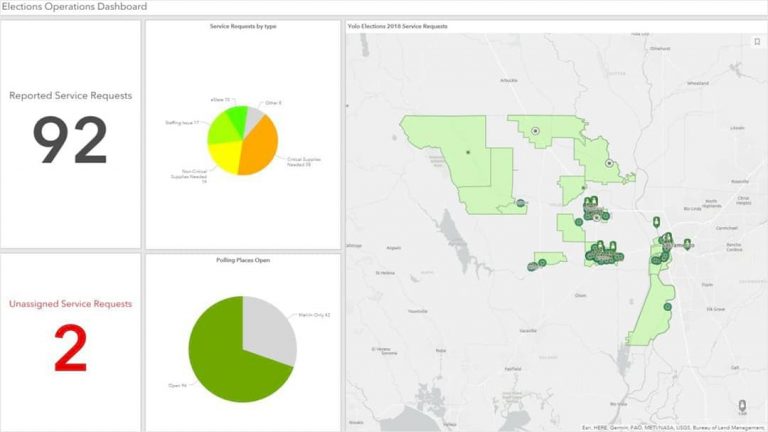
Using GIS maps and data, election officials can look at proposed polling locations and quickly analyze the impact on nearby vulnerable populations. For example, the elections community has already placed an emphasis on adjusting polling locations, keeping at-risk populations top of mind. They recognize that hosting polling stations in senior centers is no longer viable. And many recreational facilities that once served as polling stations are now makeshift homeless refuges.
Using smart maps informed by GIS, officials can pinpoint and propose alternative locations that factor in transportation access and weigh travel times. Jurisdictions may opt for more consolidated locations. Again, GIS can assist in optimizing those decisions.
As part of our support to governments during the coronavirus outbreak, we have developed a series of free election applications that can be modified to help governments adapt quickly if they need to improve social distancing and optimize Election Day operations. Some of the election solutions apps available through the ArcGIS Election Solutions for Local Government include the following.
With these tools, election officials can continue moving forward with primaries and caucuses with the confidence that they are improving social distancing requirements, protecting at-risk populations, and improving communication, outreach, and engagement with the public.
As state and local governments have demonstrated in their responses to COVID-19, they are able to deploy GIS applications quickly. In the same way, they must now begin preparing for potential adjustments in election processes. And, if the pandemic impacts the elections in November, the same GIS applications can support and help governments adapt and modernize processes.

April 17, 2020 |
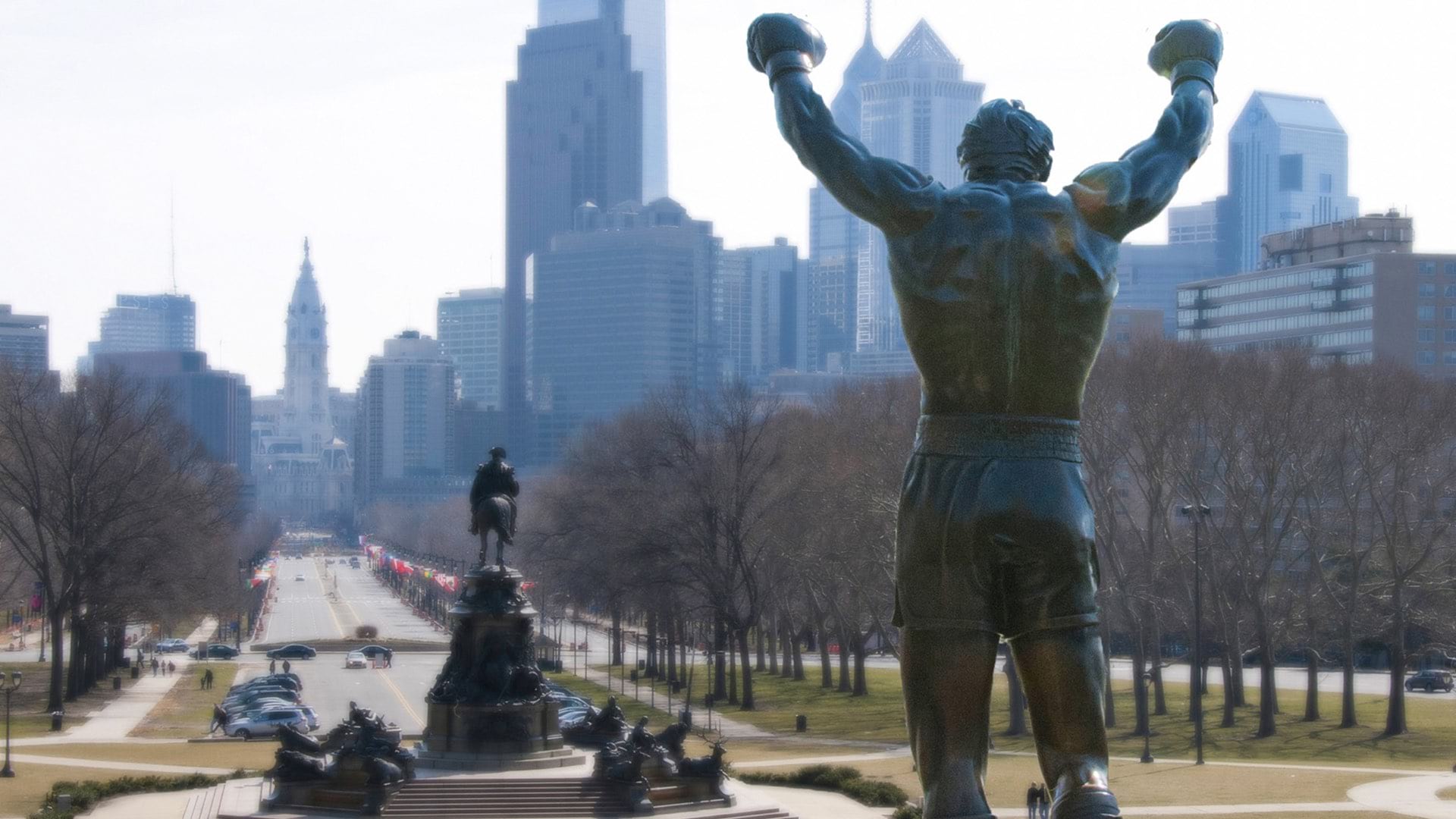
April 8, 2020 |
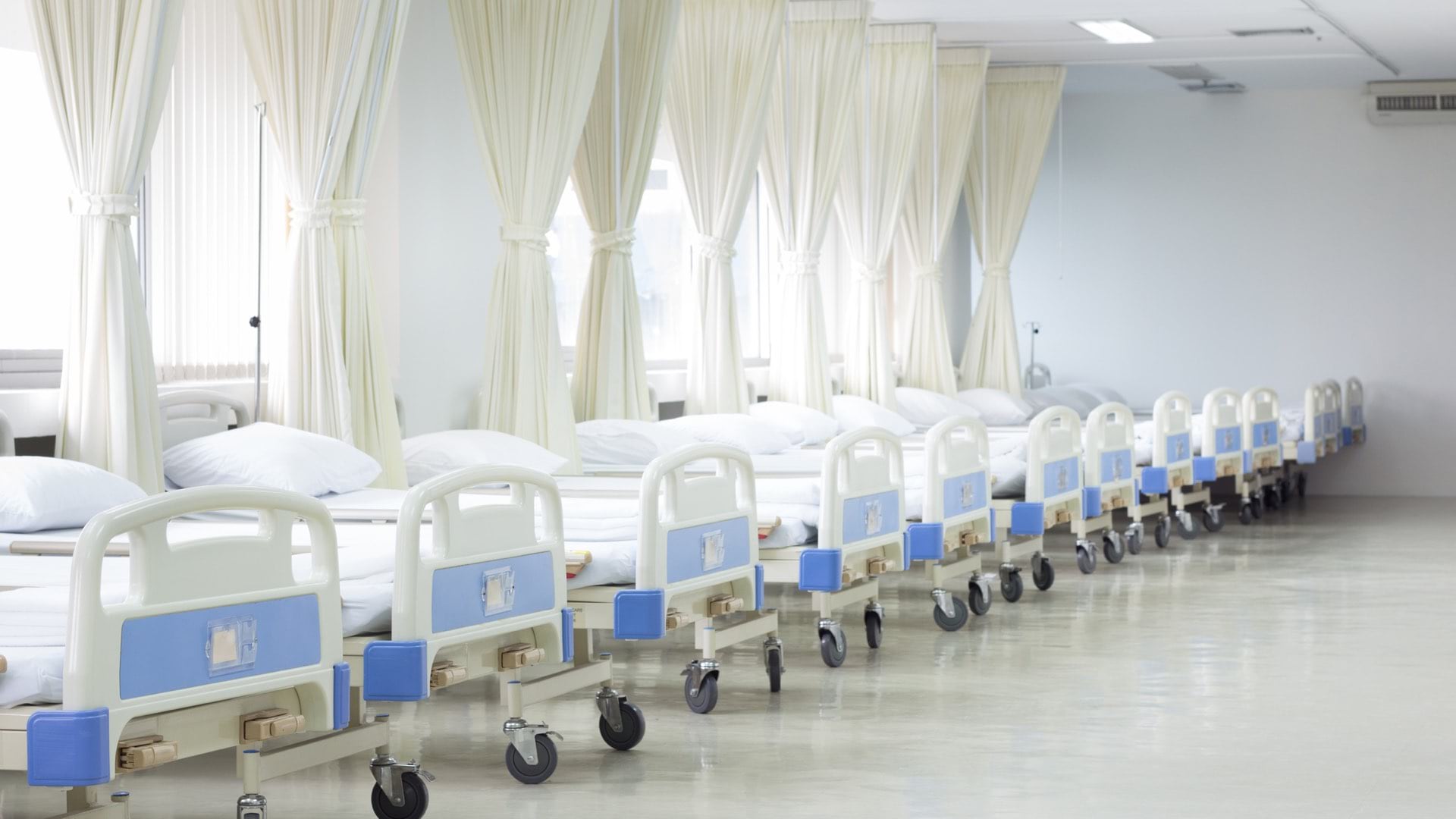
April 7, 2020 | Multiple Authors |